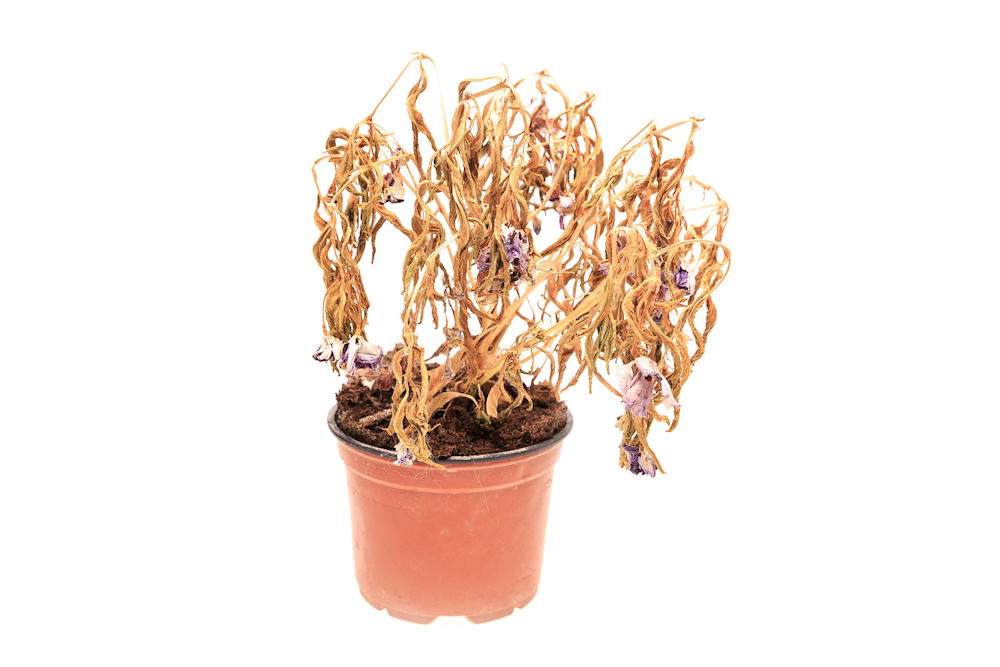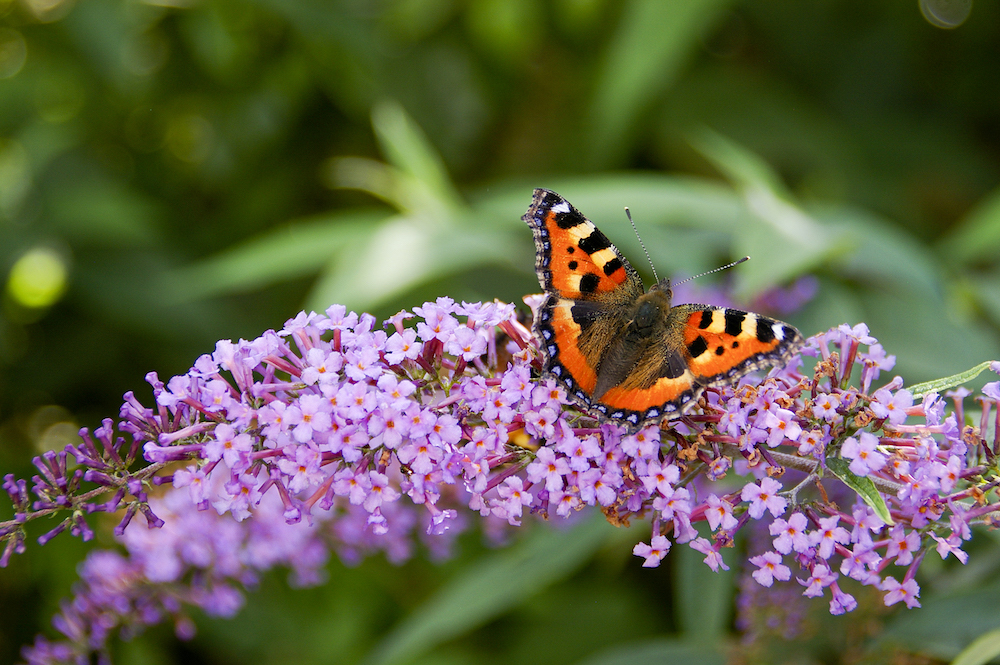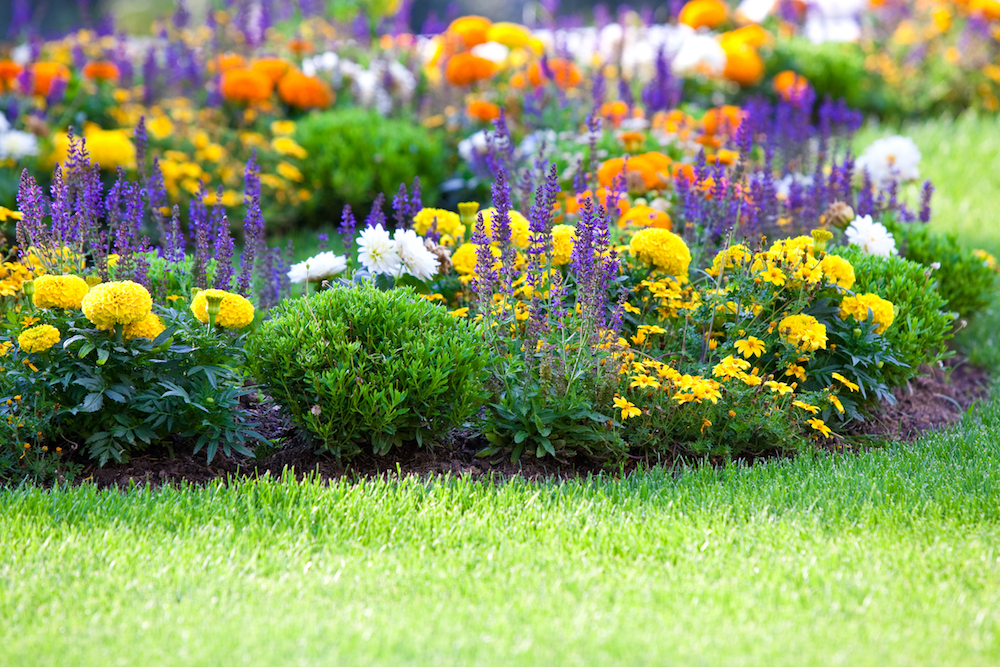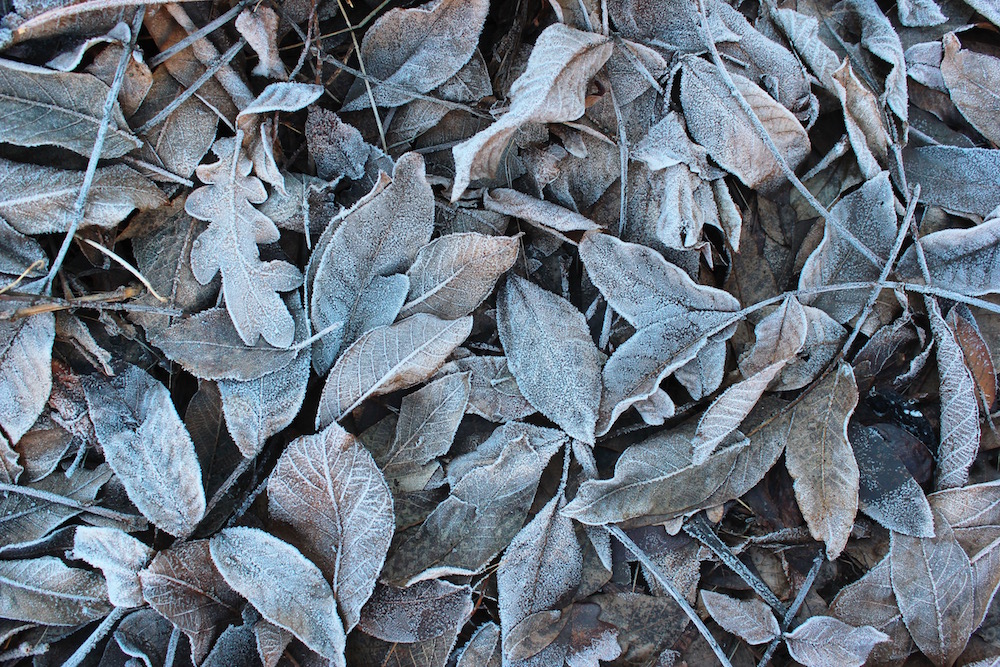
Now that the sunshine has finally decided to grace us with its presence it’s time to turn your attention to your garden.
With the warmer weather here you are no doubt itching to get out and enjoy your green space as much as possible, and make sure that your plants, shrubs, and flowers look their best to provide an oasis of calm filled with the rustling of leaves, the buzzing of bees and bursts of vivid colour that brighten every day.
Of course, this beautiful scene can quickly turn sour if you don’t make an effort to care and protect your garden from the damage that the sun can cause. While most plants and flowers welcome sunshine, one too many scorching days can see bright blooms crumble, lush leaves curl and green grasses turn dry and brown.
So what can you do to ensure your garden stays protected from too much sun? Here are some simple but very useful tips.
Mulching is a top priority
Mulch can be a lifesaver when it comes to protecting plants from the harsh rays of the sun. Reflective kinds work particularly well as they will deflect the suns rays.
Effective mulch will also help with water retention saving you time and money by reducing the amount of evaporation and ensuring that roots remain happy and healthy.
Water early
We all know the health benefits of drinking a big glass of water to rehydrate you on wakening – well, believe it or not, this is exactly what your garden needs too. Early morning watering can help keep roots of your garden plants and flowers hydrated enough to last through the day. Preempting before the sun gets at it’s hottest will help prevent heat stress (which is essentially like sunburn for us). It’s also cooler in the mornings so the water will have time to sink into the soil rather than evaporating off the surface. If the day has been unusually hot, you can always choose to give the garden additional water in the late afternoon or early evening too.
Provide your plants with shade
One of the easiest and most logical ways to protect your plants from the sun is to get them out of it. If you know there is a particularly dry and warm spell approaching; you can take preemptive action by using shade cloth and row covers to protect vulnerable plants. Make sure that you still allow your garden to breathe and grow underneath, and there are gaps for helpful insects such as needs to get under and work their magic too. You could also use the shade already provided in your garden to protect younger, more vulnerable plants by moving them under larger, well-established ones who will act as ‘big brothers’ and keep them safe from the worst of the sun.
Plant seeds more deeply
If you were hoping to get some late planting done, you don’t have to avoid it just because the sun is out. Simply plant the seeds slightly deeper down in high-quality, nutrient-dense soil and this will ensure when their root systems establish, they do so in damper, cooler soil that hasn’t been dried out by the sun.
While we all love the warmer weather, just remember, your garden may need a little extra TLC. So use the tips above to protect your garden from heat damage this summer and you’ll ensure it looks fantastic all season!






